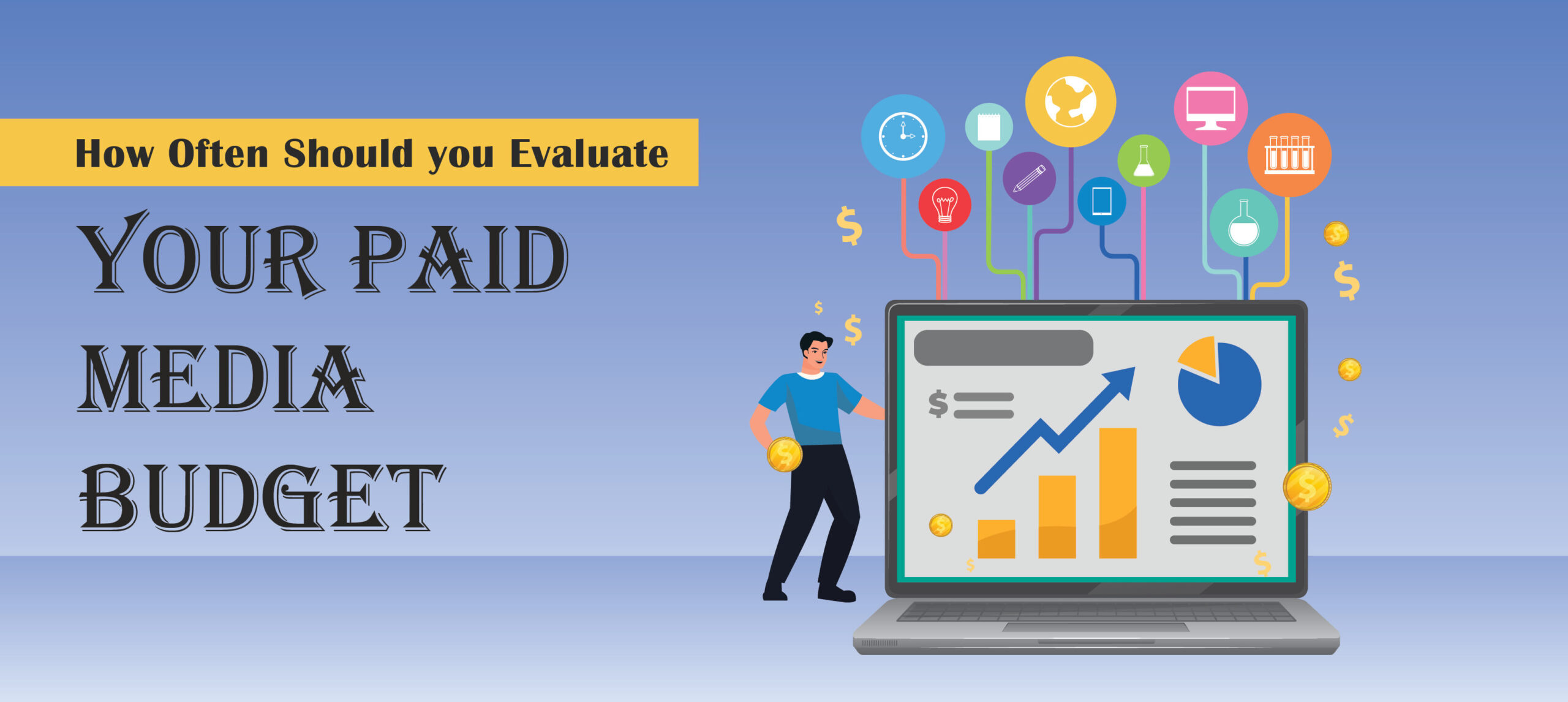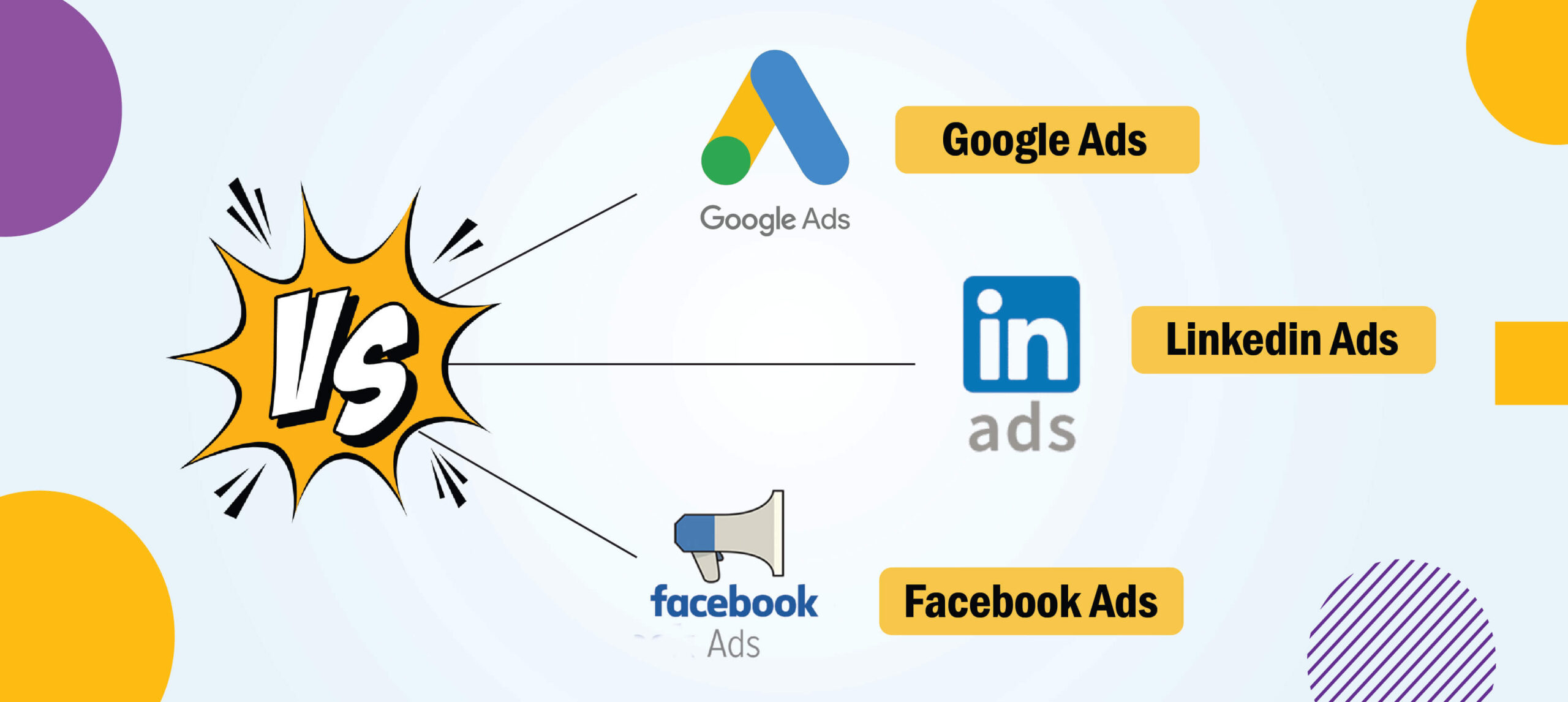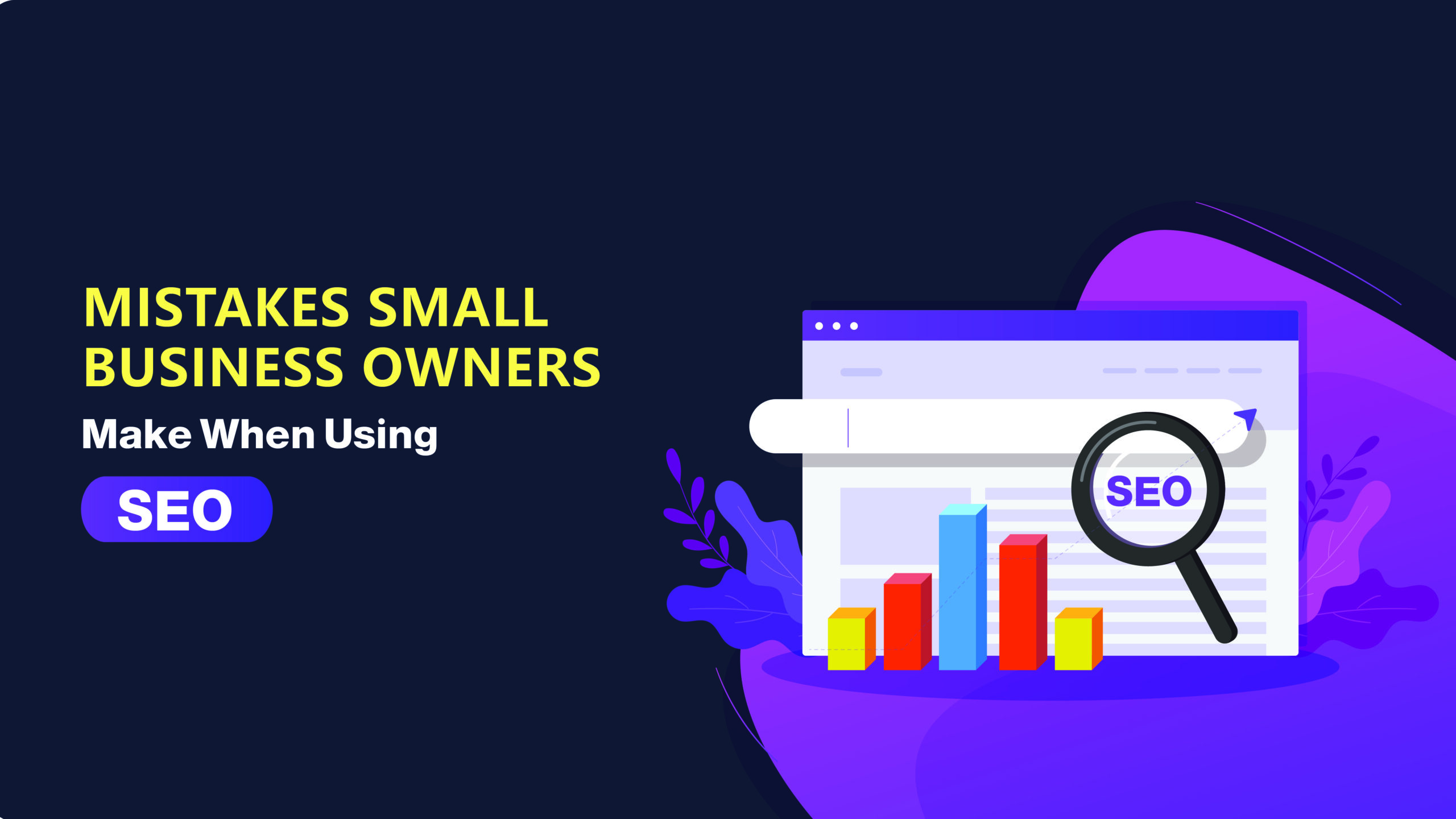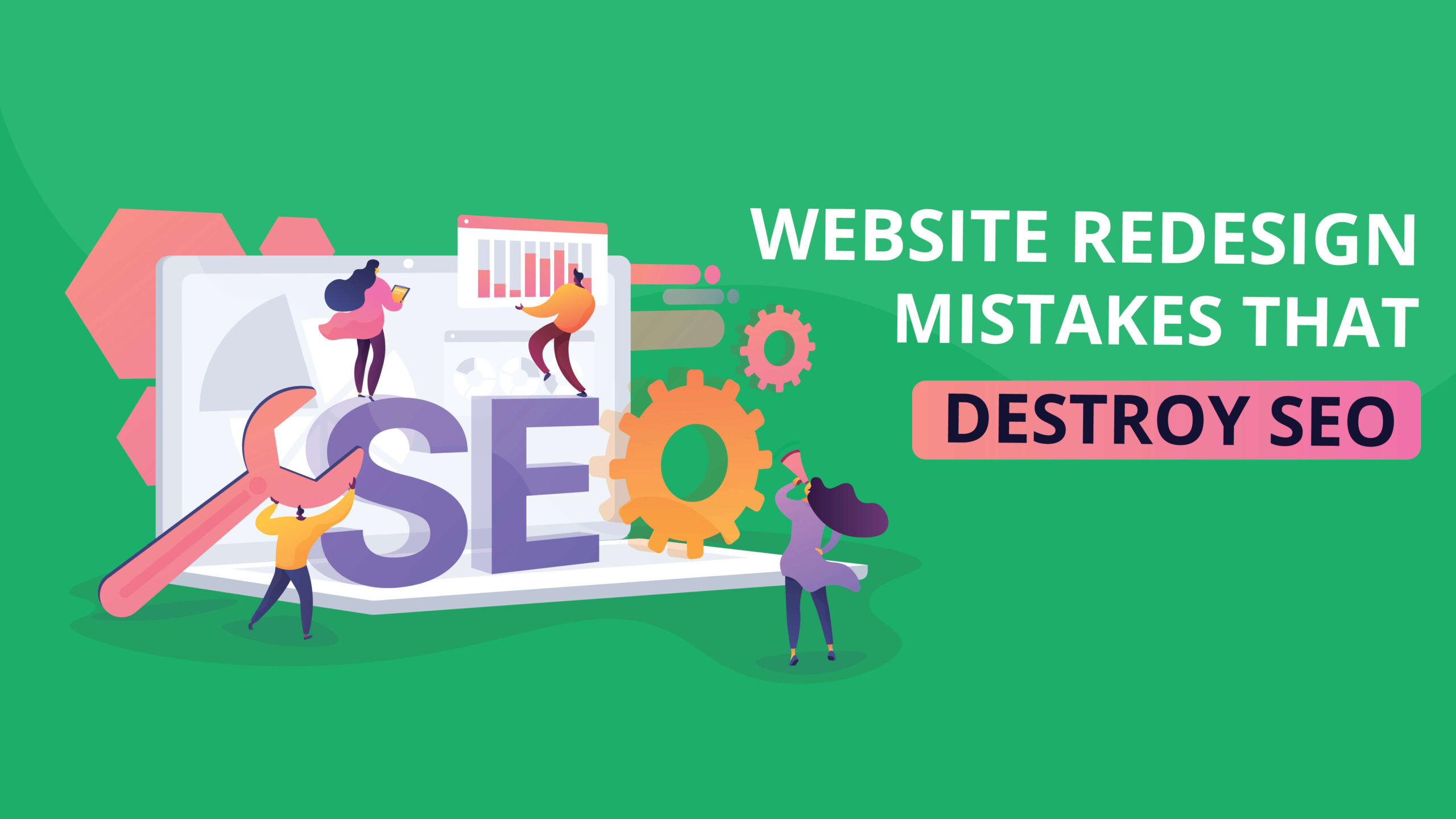Introduction
In this ever growing era of digital marketing, paid media or paid marketing work as a powerhouse, showing businesses a direct route of their effective online presence.
The paid media can be a game-changer for many of the businesses, but it requires a lot of resources.
In this detailed guide, we will look into the intricacies of paid media, explore different pricing models, and based on that will be creating an effective strategic approach to evaluate your paid media budget for optimal results.
Understanding Paid Media
Paid media includes various marketing efforts that involve direct investment. These marketing efforts can be anything like TV ads and display ads to contemporary platforms such as pay-per-click advertising on social media channels like YouTube, Facebook, and Instagram.
Also Read: Facebook Ads active but not spending troubleshooting guide
Different Pricing Models
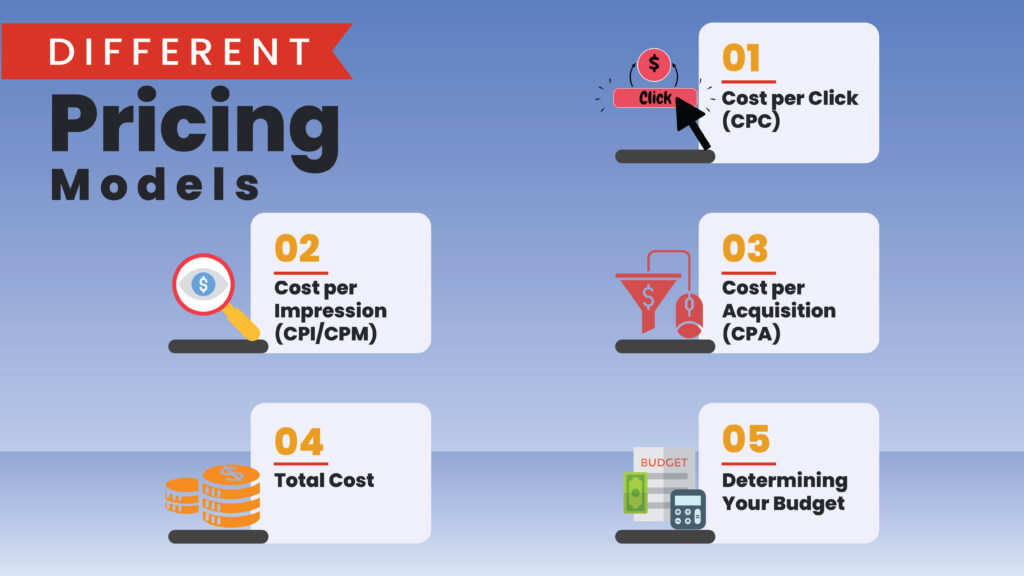
1. Cost per Click (CPC):
Cost per Click, or CPC, is mainly followed in online advertising, particularly on search engines like Google and Bing. In this model businesses pay a huge amount for each click they get.
It is one of the ideal strategies to drive your targeted traffic towards your websites and to boost views on youtube.
Advertisers Should only have to when a user clicks on their ad which makes it a cost-effective approach to enhance their online visibility.
CPC campaigns businesses to achieve effective goals, such as increasing website traffic or promoting video content. The model ensures that advertisers should only pay for tangible results, aligning advertising expenses with user engagement.
By using the CPC campaign strategically, businesses can increase their online presence by matching user behavior, directing their budget towards actual interactions rather than mere impressions.
Also Read: Facebook Ad Headline Vs Description
2. Cost per Impression (CPI/CPM):
Cost per Impression (CPI), also known as Cost per Mille (CPM), is basically a pricing model where advertisers pay a fixed amount for every thousand impressions they get on their ads.
This model is mainly used in campaigns to create brand awareness, making it one a popular choice on platforms like Google, Facebook, and LinkedIn.
In the CPI/CPM model, advertisers should also have to pay for the exposure they get from their ads, irrespective of the number of clicks or conversions.
This makes it one of the valuable strategies for businesses looking to establish a strong online brand presence and also looking to reach their targeted audience.
Advertisers can strategically implement CPI/CPM in their campaigns to improve their brand recall, making their products or services more familiar to potential customers.
As Per the recent research done by Sujit Shukla, By opting for CPI/CPM, businesses can ensure a widespread display of their ads, increasing the likelihood of capturing the attention of their target audience.
This model will be mainly effective for businesses in the starting stage of their brand establishments or those seeking to maintain a consistent and pervasive online presence.
Also Read: Google Shopping Ads vs Search Ads
3. Cost per Acquisition (CPA):
Cost per Acquisition (CPA) is a performance-based pricing model that aligns advertising costs directly with the ad conversions.
Advertisers using the CPA model should only be billed when their ads get a successful result, such as a sale, download, or any other targeted conversion.
This precise measurement of ad performance helps businesses by providing valuable insights and also shows them how effective their campaign is.
CPA is a laser-targeted approach, it ensures that advertisers should only pay whenever they get a tangible result rather than simply for ad visibility.
This model is very helpful for businesses mainly focusing on lead generation, customer acquisition, or specific actions that contribute directly to their objectives. By using CPA campaigns, businesses can set a budget, ensuring that every dollar spent contributes directly to measurable outcomes.
The CPA model is very much helpful for businesses seeking high return on investment (ROI) and a more accurate assessment of their advertising performance.
It gives a complete understanding of how each advertising effort contributes to the bottom line, facilitating informed decision-making and budget optimization.
Also Read: How to calculate Roas Google Ads
4. Total Cost:
Total Cost is a comprehensive metric that represents the collection of all campaigns within a project or a specific timeframe, giving a holistic view of overall expenditure.
This metric shows the combined costs across various pricing models, providing advertisers and businesses with the actual investment they did on the ads.
By calculating the Total Cost, businesses can get a cumulative financial impact of their advertising efforts. This includes the expenses associated with CPC, CPI/CPM, CPA, and any other models implemented during a campaign.
This in depth view enables businesses to calculate the overall efficiency and effectiveness of their paid media strategy.
Understanding the Total cost is very important for budget planning, as it allows businesses to set and allocate the resources across different campaigns and channels. This holistic approach to divide the expenditure ensures that the total investment aligns with overarching business goals.
By regularly keeping an eye on the Total Cost spent on ad, businesses can refine their budgetary allocations, optimize campaign performance, and make data-driven decisions for future paid media endeavors.
5. Determining Your Budget:
To set an appropriate budget, businesses should align their goals with the right pricing model. Not only that, it also has to Analyze previous campaigns to understand conversion rates, ensuring your budget corresponds to your desired outcomes.
When to Evaluate Your Paid Media Budget: A Strategic Timeline
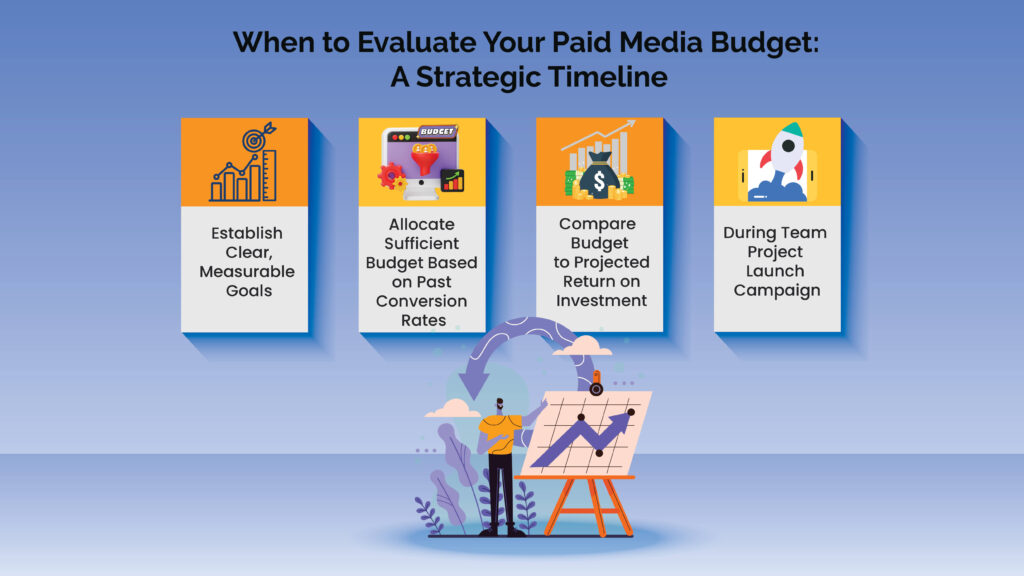
The success of any paid media campaign comes with meticulous planning, continuous assessment, and agile adjustments.
To navigate this dynamic landscape effectively, businesses need to strategically use their paid media budget at various stages. Here’s a comprehensive guide outlining when and how to set a budget for maximum impact.
Before Launching a New Campaign
1. Establish Clear, Measurable Goals:
Define your goals and achievable objectives for your campaign. Goals could include increasing website traffic, boosting brand awareness, or driving sales. Clearing Outlining your goals can be a major factor of your success.
2. Allocate Sufficient Budget Based on Past Conversion Rates:
Analyze data of your previous campaign to understand conversion rates. According to that, set a budget proportionally to past performance, ensuring realistic expectations. Consider potential variations based on campaign specifics.
3. Compare Budget to Projected Return on Investment:
Estimate the potential return on investment (ROI) for the campaign. Ensure the allocated budget aligns with expected outcomes. According to that, set a budget component to maximize ROI without compromising goals.
4. During Team Project Launch Campaign:
- Regularly access the alignment of the campaign strategy with established goals.
- Identify any variation and address them promptly to stay on course.
- Encourage open communication within the team to capture diverse perspectives.
- Adjust your Budget Allocation Based on Campaign Performance:
- Monitor your real-time campaign performance metrics.
- Also Identify high-performing and underperforming elements.
- Last but not the least Adjust budget allocation to allocate more resources to successful strategies.
Regularly
1. Monthly Evaluation for Budget-Conscious Businesses:
- Conduct a thorough monthly analysis of campaign performance.
- Evaluate spending against predetermined key performance indicators (KPIs).
- Make the adjustments accordingly to optimize your predetermined campaigns.
2. Quarterly Review for Those with a More Flexible Approach:
- Quarterly reviews provide a more detailed view of your campaign trends.
- Not only that, constantly analyze the cumulative impact and effectiveness of strategies and adjust the budget accordingly based on evolving market dynamics.
3. Optimize Budget Allocation and Eliminate Non-Performing Campaigns:
- You need to Identify campaigns that are not meeting performance expectations.
- To meet the goals of the non performing ads, try to allocate more resources.
- You can also consider reallocating the budget from underperforming channels to more effective ones.
At the End of a Campaign
1. Conduct a Post-Mortem Evaluation
Perform a detailed analysis of the entire campaign, from start to the end till the conclusion and Identify successful strategies, learning opportunities, and areas for improvement. Try to Extract insights for your future campaigns.
2. Identify Successful Strategies before Allocating the Budget Accordingly for Future Campaigns
- Allocate budget based on the success of specific strategies.
- Prioritize channels and tactics that consistently deliver positive outcomes.
- Ensure that lessons learned are successfully implemented in your future campaigns.
- Gain Insights of your Actual Spending and Potential Reallocations
- Cross verify actual spending against the budgeted amounts to make sure that your ads campaign are creating profit .
- Also Identify any unexpected expenses or opportunities for cost savings.
- Use insights data to refine budgeting processes for subsequent campaigns.
During Annual Marketing Plan Evaluation
Evaluate the Success of All Campaigns Throughout the Year
- Aggregate insights from individual campaigns throughout the year.
- Evaluate overall success in achieving annual business goals.
- Do consider overarching trends that can help you with long-term strategies.
- Gather and use valuable insights to Shape the Budget for the Upcoming Year
- Implement the lessons learned into the development of the next year’s budget.
- Adjust allocations based on the changing nature of the business objectives and market conditions.
- Last but not the least ensure that the budget aligns with the broader strategic vision for the upcoming year.
Conclusion
In conclusion, the strategic use of your paid media budget is an ongoing process that demands attention at various critical junctures.
By adhering to this comprehensive timeline, businesses can easily and effectively manage their resources, optimize campaigns, and adapt to the ever-changing digital landscape.
Strategic budget evaluations are not only a reactive measure but it’s also a proactive approach to ensure a sustained success in the dynamic nature of paid media advertising.
Closing Thoughts:
Well last thoughts guys, To create an effective digital marketing strategy you need constant refinement, not only that but your paid media budget plays a pivotal role in achieving success.
As you embark on the journey of regular budget evaluations, remember that this process is not just about hitting targets but also about managing your business’s financial resources effectively.
In the ever-changing landscape of digital marketing, the frequency of evaluating your paid media budget is as much as you can.
For more in-depth insights into digital advertising and marketing strategies, explore our blog at sujitshukla.com and stay ahead in the competitive world of online business.

